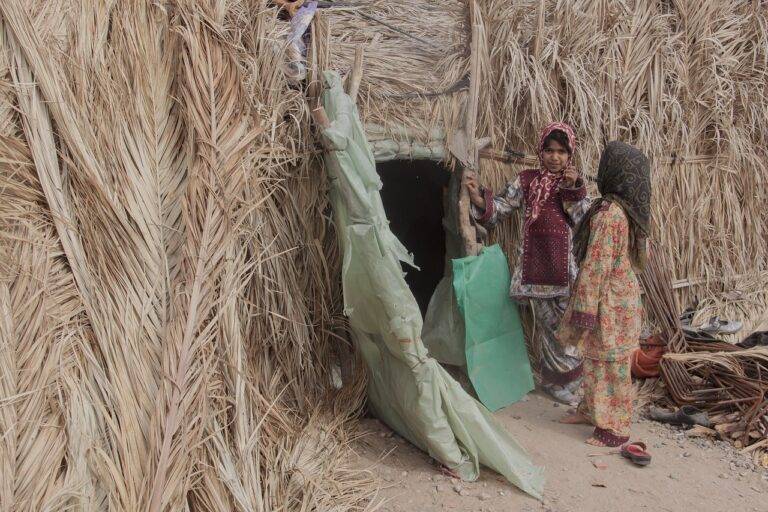How to Choose the Best Windows for Energy Efficiency
When selecting window frame materials, it’s crucial to consider both functionality and aesthetics. One popular option is wood frames, known for their classic look and natural insulation properties. Despite requiring regular maintenance to prevent warping or rotting, wood frames offer a timeless appeal that complements traditional architectural styles.
For those seeking low-maintenance and durability, vinyl frames are a practical choice. These frames are resistant to moisture, scratches, and fading, making them ideal for various climates. While they may lack the charm of wood frames, vinyl options are cost-effective and energy-efficient, providing a versatile solution for modern homes.
Understanding Energy Efficient Glass Options
When considering energy-efficient glass options for your windows, you have several choices to help reduce heat loss and improve insulation in your home. Double-pane windows are a popular choice as they have two layers of glass with a space between them filled with gas, which acts as an additional insulator. This design helps to decrease heat transfer and maintain a more consistent indoor temperature.
Another option to consider is low-emissivity (low-E) glass, which has a special coating that reflects heat back to its source. This type of glass helps to prevent heat from escaping in the winter and keeps your home cooler in the summer by reducing the amount of heat that enters through the windows. Low-E glass is a great choice for improving energy efficiency and can result in lower heating and cooling costs over time.
What are some common window frame material options for energy efficient glass?
Some common window frame material options for energy efficient glass include vinyl, fiberglass, and wood.
How does energy efficient glass help save on energy costs?
Energy efficient glass helps save on energy costs by reducing heat transfer and improving insulation in the home, leading to lower heating and cooling bills.
What are some features to look for in energy efficient glass options?
Some features to look for in energy efficient glass options include low-emissivity coatings, multiple glazing layers, and gas fills between panes for improved insulation.
Are there any government incentives for installing energy efficient glass?
Yes, there are often government incentives, tax credits, and rebates available for homeowners who install energy efficient glass in their homes to promote energy conservation.
How can I determine the energy efficiency of a specific glass option?
Look for the glass’s U-factor, Solar Heat Gain Coefficient (SHGC), Visible Transmittance (VT), and Air Leakage ratings to determine its energy efficiency. These ratings are typically provided by manufacturers.





